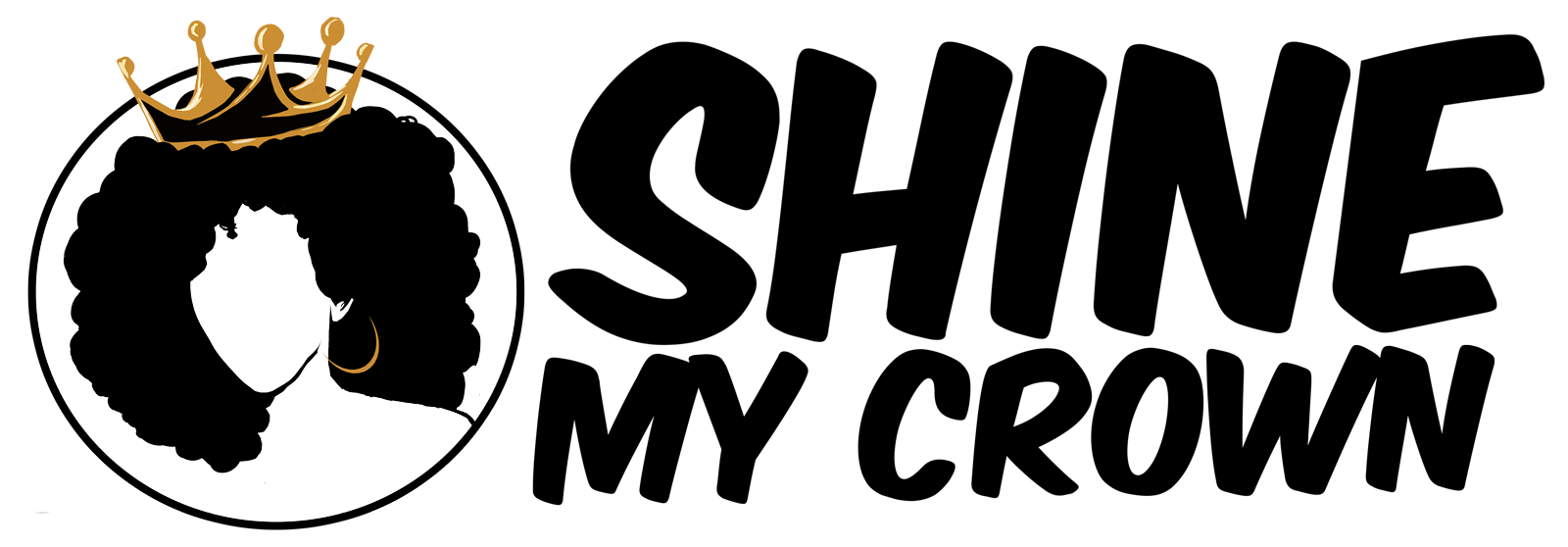Hair loss and thinning typically come with age, but dealing with it can be beyond frustrating, especially when it shows up in areas that are difficult to hide.
While it’s true that hair loss impacts men more than it does women, over 50% of us gals suffer from it. So, if you think you have a thinning hairline, you are far from alone.
Nevertheless, if you’re reading this, chances are you are not in search of some song and dance on self-acceptance at the moment…you want solutions.
Well, friends, you’ve come to the right place. From quick fixes to long-term help, you have options.
First Things First
Before you develop a regimen to address a thinning hairline, it’s best to seek the assistance of a board-certified dermatologist, to identify the source of why you’re losing your hair. Potential underlying causes vary and will often dictate future courses of action.
The Quick Fixes
1. Camoflage it.
In many cases, the fastest way to treat a thinning hairline is to create the illusion of a fuller one. Sprays, powders and hair fibers are great to use in a pinch and those on today’s market are easy to use and offer a natural finish. They’re also great for covering up grays. Our faves:
- Color Wow Root Concealer, $34.50, Buy it
- Toppik Hair Building Fibers, $7.95 and up, Buy it
- Madison Reed The Great Cover Up, $32.00, Buy it
2. Tweak your partings.
Small changes like playing with your part (opt for blurred zig-zag partings over clean straight ones) or directing hair to one side to create added weight work wonders for creating lift and fullness at the roots.
3. Ease up on the styling.
Prolonged pulling, tight styling and chemical abuse can cause traction alopecia, one of the main causes of a receding hairline.
Long-Term Options
1. Medication
Cost: prices vary, based on medical plans
If your diagnosis is androgenetic alopecia (male or female pattern baldness) topical treatments such as minoxidil (Rogaine) or spironolactone (offsets the effects of testosterone) can help to encourage hair growth.
In addition, oral contraceptives like Yaz and Yasmine or oral finasteride (Propecia) are recommended by doctors, but they can help you to decide which is right for you.
2. Scalp Botox
Cost: $1000
If you suffer from genetic alopecia, Botox might work for you. Doctors prescribe it to treat receding hairlines and other forms of hair loss for its muscle-relaxing qualities. The injections relax the muscles in the scalp which allows more blood flow and hair growth.
3. Hair Transplantation
Cost: $4,000 to $15,000
A more permanent option, doctors harvest hair from donor areas and move it to a receding scalp. You need not worry about that dreaded “plug” appearance of years past; today’s results are natural-looking.
4. Hairstim
$60.00 per month
When you aren’t seeing any results with topical hair loss treatments and do not want to take oral medications, Hairstim is a viable option. Doctors create personalized prescription hair medications, by using ingredients that aren’t readily available. It is definitely worth exploring with your dermatologist.
5. Platelet-rich Plasma
PRP is a hair loss treatment that stimulates hair growth through the use of the patient’s own blood plasma. The plasma contains white blood cells and platelets, which are rich in what are known as growth factors.
PRP requires regular, ongoing treatments (about every four to six months), so it is a major commitment of time and money, but definitely worth exploring with your doctor if you’ve got the cash.
There are no one-size-fits-all solutions to treating a receding hairline, so if you notice a change, always check with your doctor before tackling the issue on your own. If you need one, start here.
Good luck!
